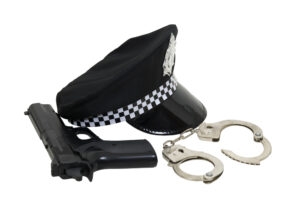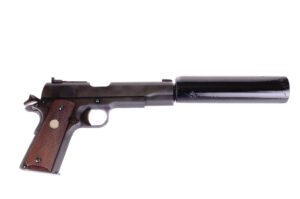WRITERS SHARING RESEARCH:
 In my last police procedural fiction book, I did some research on cell phones and the terminology used by police officers. I thought I would share it with other writers to save you the research time.
In my last police procedural fiction book, I did some research on cell phones and the terminology used by police officers. I thought I would share it with other writers to save you the research time.
Cops and detectives use cell phone triangulation records in most cases now. So here is some basic information with many of the terms used. I hope this helps some other authors.
WHAT ARE CELL TOWERS:
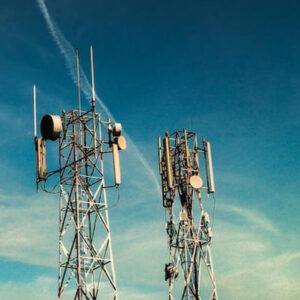 Cell towers, also known as cell phone towers or cellular towers, are tall structures that transmit and receive radio signals. These towers facilitate wireless communication between mobile devices and the network. Mobile phones connect to the nearest cell tower to send and receive voice, text messages, and data.
Cell towers, also known as cell phone towers or cellular towers, are tall structures that transmit and receive radio signals. These towers facilitate wireless communication between mobile devices and the network. Mobile phones connect to the nearest cell tower to send and receive voice, text messages, and data.
SUPPORT THE MEN & WOMEN IN BLUE
WHAT IS CELL TOWER PINGING?
Cell tower pinging is the process of using a cell phone's signal to determine its location. This can be done by sending a signal to the phone and having it respond with its location data.
How does cell tower pinging work? Cell phones communicate with cell towers by sending and receiving radio signals. The cell tower that a phone is connected to can be determined by the strength of the signal between the phone and the tower. By triangulating the signals from multiple towers, the phone's approximate location can be determined.
HOW DO COPS USE CELL TOWER INFORMATION?
 When cops are researching where cell phones are pinging from, they typically use a process called cell site location information (CSLI). CSLI is data that records the location of a cell phone by tracking its connection to cell towers.
When cops are researching where cell phones are pinging from, they typically use a process called cell site location information (CSLI). CSLI is data that records the location of a cell phone by tracking its connection to cell towers.
Is It Legal? In the United States, cell tower pinging is legal if it is done with a warrant or with the consent of the phone's owner.
WHAT IS THE TERMINOLOGY:
- Cell Towers - General term for cell towers
- CSLI (Cell Site Location Information) is data that records the location of a cell phone by tracking its connection to the cell towers.
- IMEI + a fifteen-digit number is how each cell phone is identified. This number is assigned at the factory.
- The cell towers don't have a specific name, they are known by their radio frequency.
WHAT IS THE METHOD:
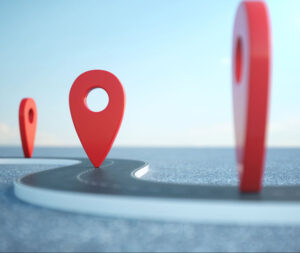 Each cell tower has a unique identifier, which is called the International Mobile Station Equipment Identity (IMEI). The IMEI is a 15-digit number that is assigned to every cell phone when it is manufactured.
Each cell tower has a unique identifier, which is called the International Mobile Station Equipment Identity (IMEI). The IMEI is a 15-digit number that is assigned to every cell phone when it is manufactured.
When a cell phone connects to a cell tower, it sends the tower its IMEI number. The tower then records this information in its logs.
Cops can obtain CSLI data from cell phone carriers with a court order. The data they receive from the phone companies will show which cell towers the phone has connected to and when. This information can be used to track the phone's movements over time. So the cops don't know the individual cell tower information. They get it with the phone information.
In addition to the IMEI number, cell towers are also identified by their location. This information is typically stored in a database called a cell site locator (CSG). The CSG is used by cell phone carriers to track the location of their towers.
The specific information that is included in CSLI records can vary depending on the cell phone carrier and the type of phone. However, most CSLI records will include the following information:
- The date and time of the call or text message
- The phone number of the caller or recipient
- The cell tower that the phone was connected to at the time of the call or text message
- The strength of the signal from the cell tower
- In some cases, CSLI records may also include the latitude and longitude coordinates of the cell tower. However, this information is not always available.
If you are writing a book about a crime, it is important to be aware of the role that CSLI can play in an investigation. CSLI can be a valuable tool for law enforcement, but it is important to remember that it is not always accurate. The accuracy of CSLI can be affected by a number of factors, including the strength of the signal from the cell tower, the location of the cell tower, and the type of phone.
CELL TOWER INFOMATION DISCLAIMER:
However, it is important to note that CSLI data is not always accurate. The accuracy of the data can be affected by a number of factors, including the strength of the signal, the distance between the phone and the tower, and the terrain.
Overall, CSLI data is a valuable tool that can be used to track the location of cell phones. However, it is important to understand the limitations of the data before using it to make decisions.
WHAT IS THEIR AREA OF COVERAGE?
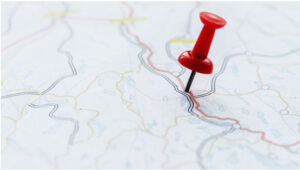 The coverage radius of a cell tower depends on a number of factors, including the technology used, the height of the tower, and the terrain.
The coverage radius of a cell tower depends on a number of factors, including the technology used, the height of the tower, and the terrain.
In general, a cell tower can cover a radius of 1 to 3 miles for 4G LTE and 5G cell towers. However, in some cases, the coverage radius can be as much as 10 miles.
For example, a cell tower using 5G technology with a directional antenna can have a coverage radius of up to 10 miles. However, a cell tower using 4G LTE technology with an omnidirectional antenna may only have a coverage radius of 1 to 2 miles.
The terrain can also affect the coverage radius of a cell tower. Mountains and hills can block the signal, so cell towers need to be placed in areas with clear line of sight.
In general, cell towers need to be built every 5 to 10 miles to provide adequate coverage. However, the specific spacing of cell towers will vary depending on the factors discussed above.
Here are some other factors that can affect the overall radius of a cell tower:
- The number of antennas on the tower: More antennas can provide better coverage.
- The power of the transmitter: A stronger transmitter can provide better coverage.
- The frequency of the signal: Lower frequencies can provide better coverage over longer distances.
- The weather: Heavy rain or snow can block the signal.
HOW TO DETERMINE WHICH CELL TOWER IS USED?
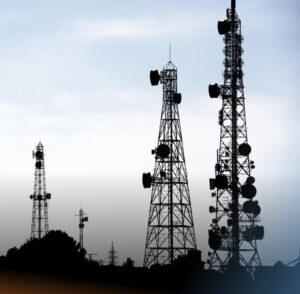 This information is about how a cellphone customer can find out about their own cellphone towers. This wouldn't be used by the police necessarily but it is information I came across during my own research.
This information is about how a cellphone customer can find out about their own cellphone towers. This wouldn't be used by the police necessarily but it is information I came across during my own research.
There are several methods you can use to determine which cell tower your phone is connected to. There are apps in the Play Store for this purpose. As an author, you won't need to track anything and probably don't need any apps, but it's good to know that this exists when plotting. These apps provide information about nearby cell towers, including the one your phone is connected to. · Check your phone's settings: Some smartphones display information about the connected cell tower in the settings menu. Look for "Network" or "About Phone" options to find this information.


